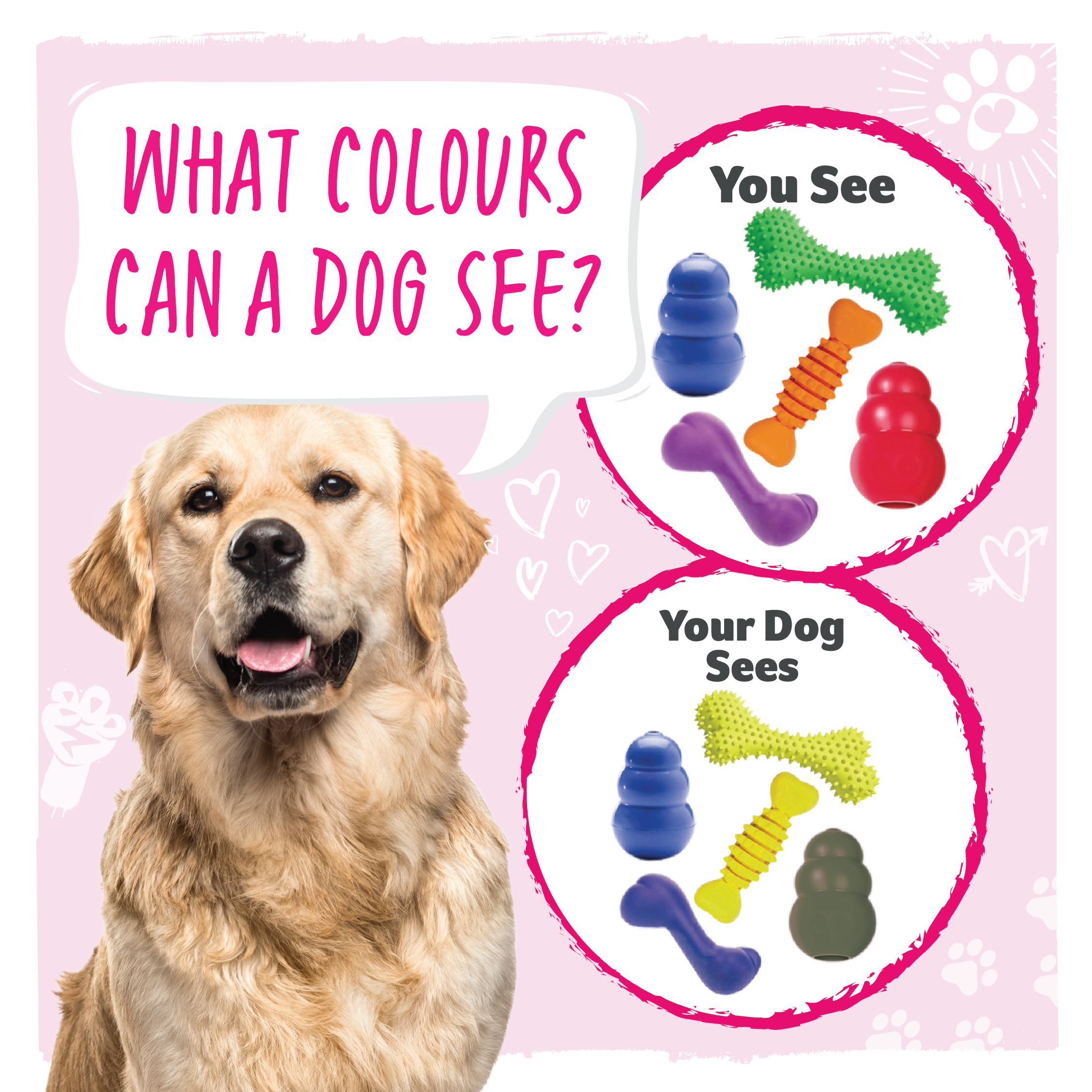Dogs are known for their keen senses, including their sense of sight. But have you ever wondered how many colors dogs can actually see? While humans have three types of color receptors in their eyes, dogs only have two. This means that dogs see the world in a different spectrum of colors compared to humans.
Despite having fewer color receptors, dogs are not colorblind. They can still see colors, but their color vision is limited compared to humans. The colors that dogs can see are mainly in the blue and yellow spectrum, while they struggle to distinguish between red and green colors. This is due to the absence of the red color receptor in their eyes.
Research has shown that dogs see the world in shades of blue, yellow, and gray. This means that they can easily differentiate between blue and yellow objects, but may have difficulty distinguishing between red and green objects. While dogs may not see as many colors as humans, their sense of smell and hearing compensate for their limited color vision.
It is important to consider a dog’s color vision when choosing toys or objects for them to interact with. Opting for toys in shades of blue or yellow can make it easier for dogs to see and engage with them. Understanding how dogs see colors can also help in training and communication with them, as using color cues that they can easily distinguish can enhance their learning process.
In conclusion, dogs see the world in a different spectrum of colors compared to humans. While they may not see as many colors, they can still perceive shades of blue, yellow, and gray. Their limited color vision does not hinder their ability to navigate the world, as their other senses compensate for this. By understanding how dogs see colors, we can better cater to their needs and enhance our interactions with our furry friends.
